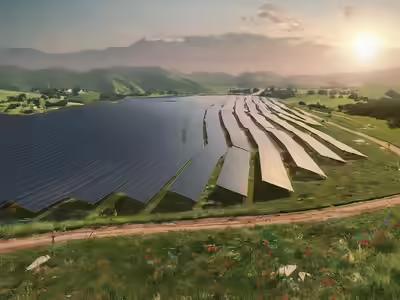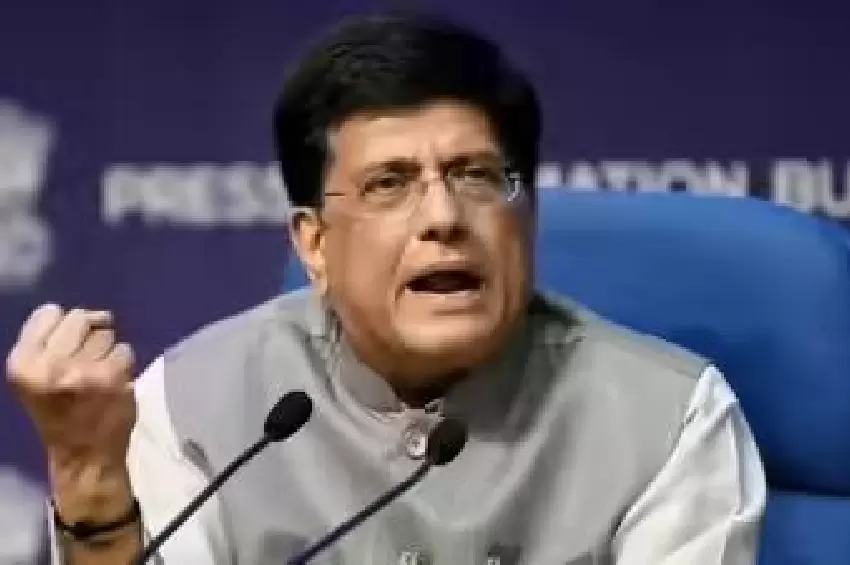India's Remarkable Leap Towards Clean Energy
India has achieved a significant environmental milestone by ensuring that half of its installed power generation capacity now comes from non-fossil fuel sources. This achievement comes five years earlier than the 2030 target set under the Paris Agreement.

The Numbers Behind the Success
With a total power generation capacity of 484.8 gigawatts (GW), non-fossil fuel sources contribute 234 GW from clean energy, including solar, wind, and large hydropower projects, plus 8.7 GW from nuclear energy. Thermal power capacity, in contrast, stands at 242 GW.
Driving Forces Behind the Rapid Expansion
The swift growth in renewable energy is attributed to robust policy support and the efficient execution by independent power producers (IPPs). Since 2014, India's solar capacity has seen an extraordinary 41-fold increase, from just 2.82 GW to 116 GW by June 2025.
Leading the Charge: Adani Green Energy Ltd
Adani Green Energy Ltd (AGEL) stands at the forefront of India's renewable energy sector, contributing 8.66% to the nation's total renewable energy base. With ambitious projects like the 30 GW Khavda project in Gujarat, AGEL is setting new benchmarks in clean energy production.
Looking Ahead: The Future of Energy in India
As India's energy demand is expected to grow significantly, the focus shifts towards expanding energy storage, upgrading grid infrastructure, and integrating AI-driven load management to ensure sustainability and reliability.









Comments